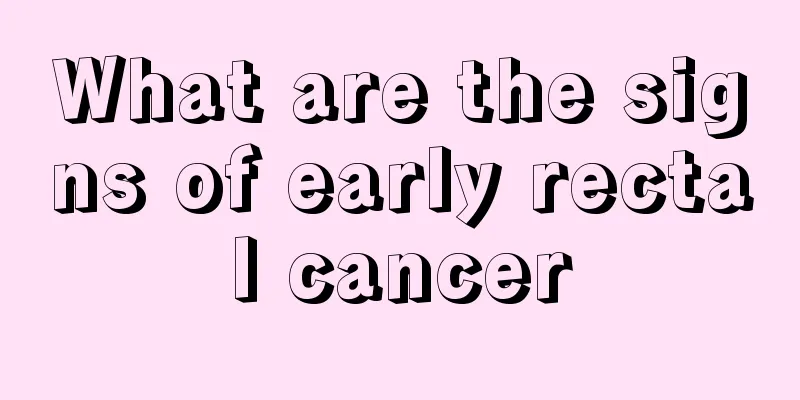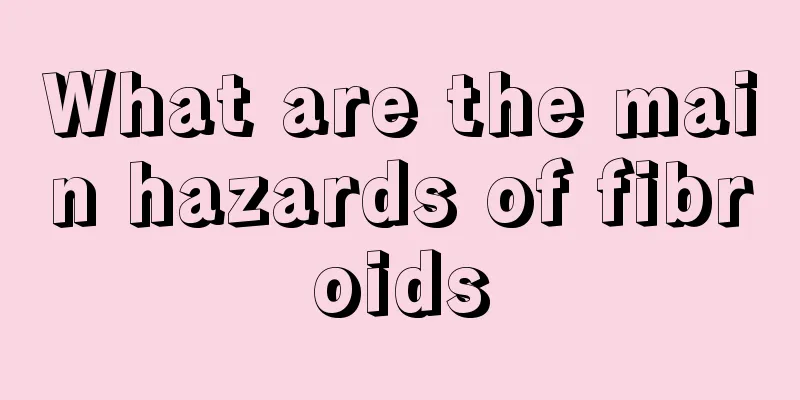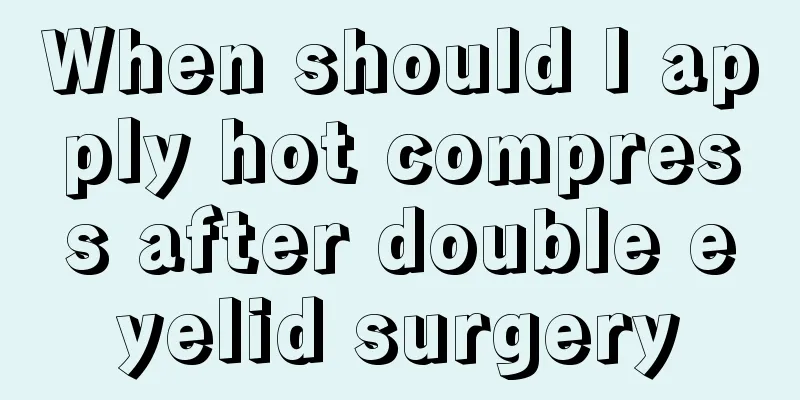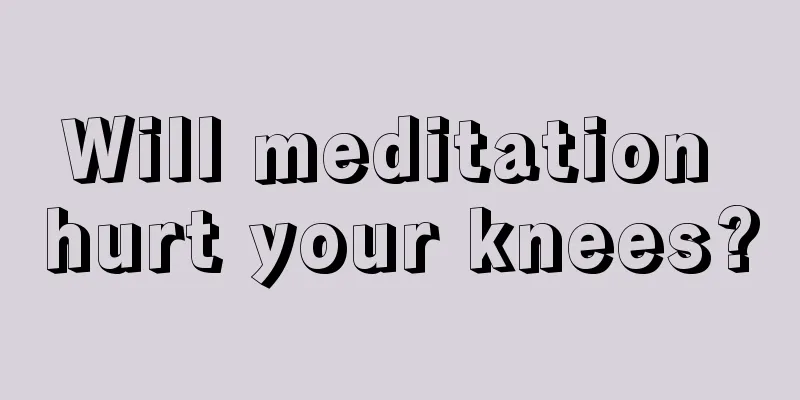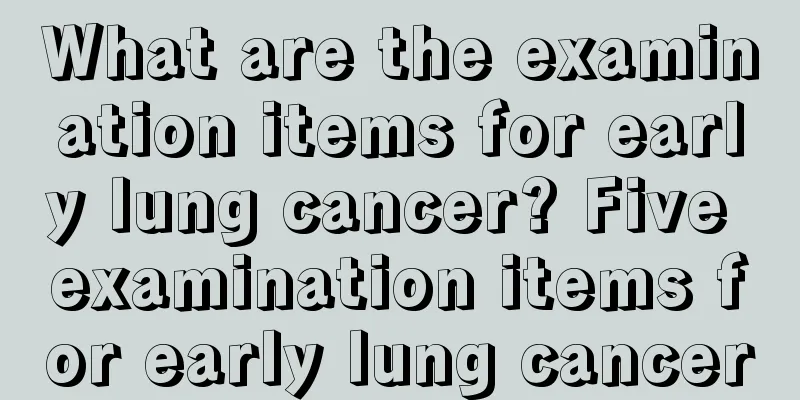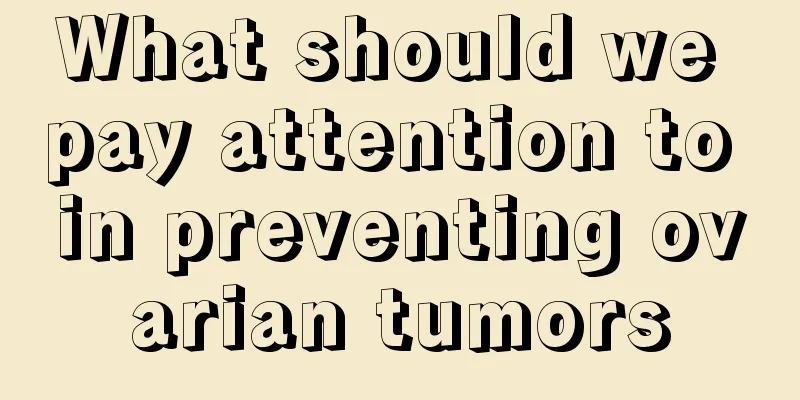Why does my left cheek keep twitching
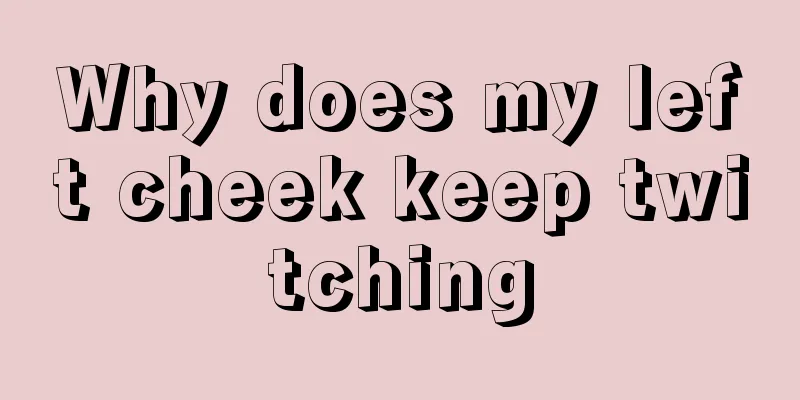
|
Facial paralysis is a word that everyone has heard of. It mainly describes a person's expression without any major changes. Everyone thinks this is an exaggeration. But in fact, there are people in real life who suffer from a certain degree of facial paralysis, which is also called facial nerve paralysis in medicine. Patients with facial nerve paralysis find it difficult to complete even basic facial movements, such as frowning, and some even experience involuntary cheek twitching. So, what's going on with my left cheek twitching all the time? Facial neuritis, commonly known as facial nerve paralysis (i.e. facial nerve paralysis), "crooked mouth" and "hanging wire wind", is a disease characterized by motor dysfunction of facial expression muscles. It is a common and frequently occurring disease that is not limited by age. The common symptoms are facial paralysis and eye deviation, and patients are often unable to complete even the most basic movements such as raising eyebrows, closing eyes, and puffing out lips. Causes There are many causes of facial neuritis. Clinically, it can be divided into central facial neuritis and peripheral facial neuritis according to the site of damage. The lesions of central facial neuritis are located in the corticobulbar tract between the facial nerve nucleus and the cerebral cortex, and are usually caused by cerebrovascular disease, intracranial tumors, brain trauma, inflammation, etc. Peripheral facial neuritis lesions occur in the facial nerve nucleus and facial nerve. The common causes of peripheral facial neuritis are: ① infectious lesions, mostly caused by the activation of viruses lurking in the sensory ganglia of the facial nerve; ② ear diseases, such as otitis media; ③ autoimmune reactions; ④ tumors; ⑤ neurogenic; ⑥ trauma; ⑦ poisoning, such as alcohol poisoning, long-term exposure to toxic substances; ⑧ metabolic disorders, such as diabetes, vitamin deficiency; ⑨ vascular insufficiency; ⑩ congenital facial nerve nuclear dysplasia. Clinical manifestations The symptoms are often paralysis of the facial expression muscles on the affected side, disappearance of forehead wrinkles, widening of palpebral fissure, flattening of nasolabial groove, and drooping corners of the mouth. When smiling or showing teeth, the drooping corners of the mouth and facial crookedness are more obvious. The affected side should not frown, knit brows, close eyes, puff out air, or purse lips. When puffing out cheeks and whistling, air leaks out because the lips on the affected side cannot close. When eating, food residues often remain in the buccal space on the affected side, and saliva often flows down from that side. Because the lacrimal points are everted with the lower eyelid, the tears cannot be drained normally and overflow. Most facial paralysis caused by facial neuritis is unilateral, and is more common on the right side. Most patients often suddenly find that one side of the cheek has difficulty moving and the corner of the mouth is crooked when washing their face or rinsing their mouth in the early morning. Some patients may have taste disorders in the front 2/3 of the tongue, hearing hypersensitivity, etc. Peripheral facial neuritis caused by trauma can be divided into two types: early-onset (facial paralysis occurs immediately after injury) and delayed-onset (facial paralysis occurs 5 to 7 days after injury). Based on the early or late occurrence and degree of facial paralysis after injury, electrical excitation and electromyography examinations can be used to evaluate the extent of facial nerve damage and determine the prognosis. treat 1. Non-surgical treatment Principle: Promote early resolution of local inflammation and edema, and promote recovery of nerve function. (1) For peripheral facial nerve paralysis, if it is caused by a viral infection, antiviral, nerve nutrition, glucocorticoids, B vitamins and other drugs can be used. (2) To protect the exposed cornea and prevent conjunctivitis, eye masks, eye drops, eye ointments, etc. can be used; (3) Massage: Use your hands to massage the facial muscles affected by facial paralysis several times a day, each time for 5 to 10 minutes. (4) Physical therapy: commonly used methods include ultrashort wave, low and medium frequency electrotherapy, laser, drug introduction, etc. (5) Acupuncture treatment. 2. Surgery If facial nerve paralysis has not recovered after 3 months of conservative treatment, and there is no response in the facial nerve conduction velocity and facial muscle electromyography examination, that is, no potential activity, surgical treatment can be used. |
<<: What vitamins are lacking in chapped lips
>>: How to get rid of bad luck
Recommend
Predisposing factors of pancreatic cancer
The occurrence of pancreatic cancer does not happ...
Typical medical record Beijing Malay Fu----Gastric cancer
Ma Laifu, male, 61 years old, Beijing, diagnosis:...
Introduction to diet after rectal cancer surgery
Everyone must be curious about what dietary consi...
What is the chance of inheriting ovarian tumors?
I believe that everyone is no longer unfamiliar w...
Serbian specialties
Many people have heard of Serbia. This place is w...
Black tea vitamin E can prevent bladder cancer. What causes bladder cancer?
The bladder is an important urinary system in our...
How long can you live if you can't walk due to pancreatic cancer
The inability of pancreatic cancer patients to wa...
Small details in life can help prevent bladder cancer
The occurrence of cancer is closely related to li...
Let me tell you what osteosarcoma is
Osteosarcoma is relatively rare in clinical pract...
What is the psychological care for brain cancer
How to provide psychological care for patients wi...
What to do if my throat hurts after eating
Sore throat is particularly uncomfortable, and ev...
Can colon cancer be cured? What are the dangers of colon cancer?
Colon cancer is a very common disease. Whether it...
How long can you live if esophageal cancer recurs
How long can you live if esophageal cancer recurs...
Will altitude sickness cause nosebleeds?
We all know that the higher the altitude, the thi...
How to prevent prostate cancer through diet? Which foods can prevent prostate cancer?
Prostate cancer is a serious cancer that mainly o...

